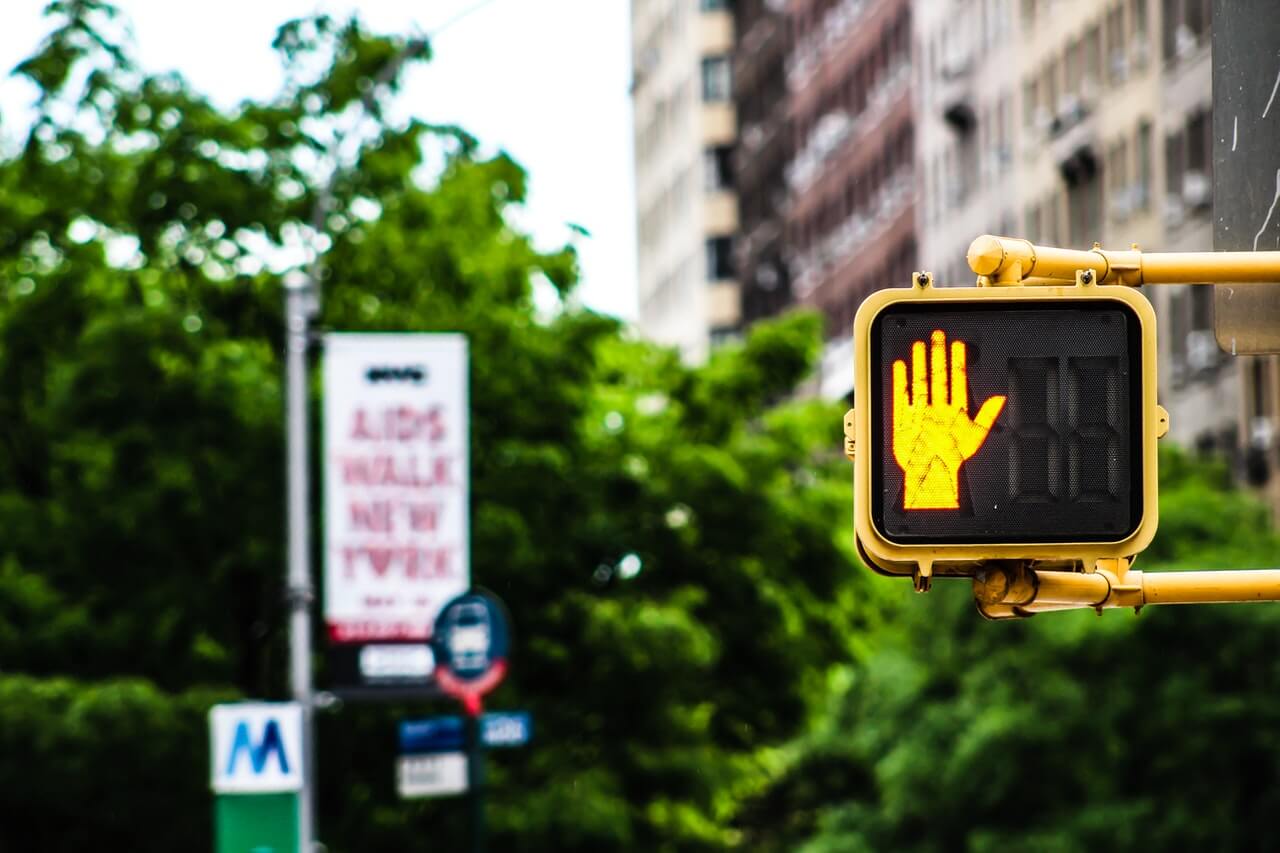Investors and traders have a few ways of controlling their transactions. There is a lot of strategizing that goes into investing. But there are also chances for direct, automatic interventions that can save you a lot of money under some circumstances.
One of the most popular mechanisms for safety in trading is a “Stop-loss Order”. Conceptually simple but confusing in their execution, stop-loss orders will be the subject of this article. We will cover:
- What stop-loss means in trading
- Similar mechanisms
- How you can calculate your own stop-loss
- How to place a stop-loss order
What is Stop-loss in Trading?
Stop-loss is a mechanism for selling a security back to a broker when a certain price is reached.
Stop-loss orders are made in order to minimize potential losses from any given investment decision. When a stock, for example, falls below a given threshold known as the “stop price”, it becomes a “market order” and executes a transaction at the next available price.
There are of course unlimited use cases for stop-loss orders. But most use cases are meant to minimize losses for risky trading decisions.
Stop-loss Example
You see, promising financials for a company you are considering investing in. But it isn’t quite as bulletproof as you would normally like it to be. So, you decide to invest in the company’s stock, but you place a stop-loss order.
Your stop-loss order is placed at 10% below the buying price. At that rate, you won’t prematurely sell the stock because of a minor price drop. But you also won’t lose more than you’re willing to lose if the stock crashes.
As chance would have it, your relatively risky stock pick crashes a few weeks later. But because of your stop-loss order, a market order is executed at just 10% below the price you bought in at.
You’ve lost some money and don’t feel great, but you’ve recovered most of your potential losses and will survive to trade another day.
Stop-loss vs Stop-limit
At this point, some people become confused with another similar mechanism: Stop-limit.
A stop-loss order guarantees the execution of a market order at a certain price threshold. A stop-limit order, however, has limits on the price at which they will execute. Stop-limit orders are a little more complicated.
A stop-limit order has two specified prices:
- The stop price. This is the price at which a sell order is made.
- The limit price. A limit order only executes at the limit price or higher.
So, stop-limits take one extra step to protect you from losses. The addition of a limit price prevents your security from selling at a rate too low for you to consider selling. However, it may also force you to hold onto a security even after its price crashes.
There are no guarantees that stop-limit orders will be filled. But when you insist on holding onto a security until its price rises back above a minimum threshold, you should consider learning more about stop-limit orders.
How to Calculate Stop-loss
Professional investors don’t engage in guesswork. Stop-loss orders are no exception for a professional. There are strict rules surrounding how to use the mechanism.
This is especially important for one key reason: The stop price for a stop-loss order is not the guaranteed execution price, but is simply the point at which it becomes a market order.
In general, many investors set stop-loss limits at round percentage values. But there is no universal standard…
- Stop-loss order placements are all about setting a threshold for your “tolerable” risk
- Stop-loss orders are strategically placed to limit losses in line with your overall investment strategy
- If you’re comfortable losing more, you can set the order to 20% below the buying price, or 10% if you are more conservative
- There are various theories which place more concrete limits for stop-loss orders:
- 5%, 6%, and 10% are sometimes used by technical traders
- Timing is another factor technical traders use when deciding the price
- Some highly technical strategies use security- or pattern-specific percentages
Some traders go so far as to combine stop-loss orders with trailing stops. This gives them the best of both worlds and even more protection.
Your personal stop-loss order calculations should be based on rules you are willing to follow given your level of risk tolerance.
How do you Place a Stop-loss Order?
Placing a stop-loss order should not be difficult on any mainstream trading platform.
Stop-loss orders are normally offered as options through a trading platform. They are set at the time where you purchase your securities.
They can then normally be modified at any point, so your initial stop-loss order isn’t set in stone (unless the market order is triggered before you can change it).
It is customary to set your stop-loss order at the time you make a trade, according to the strategy you’ve set for yourself. So, incorporating stop-loss orders into your trading strategy is recommended.
Using stop orders haphazardly or changing them constantly may cause more harm than good.
Top 6 Trading Rules Every Beginner Needs to Know
Conclusions
Stop-loss orders mitigate trading risk, when used appropriately. Technical traders follow solid mathematical rules for setting stop-loss orders. They then often combine them with other mechanisms to further account for risk.
Your stop-loss orders should be set strategically, never haphazardly. What is right for you won’t be right for every other trader. Specific stop-loss guidelines are set according to traders’/investors’ risk tolerances.



